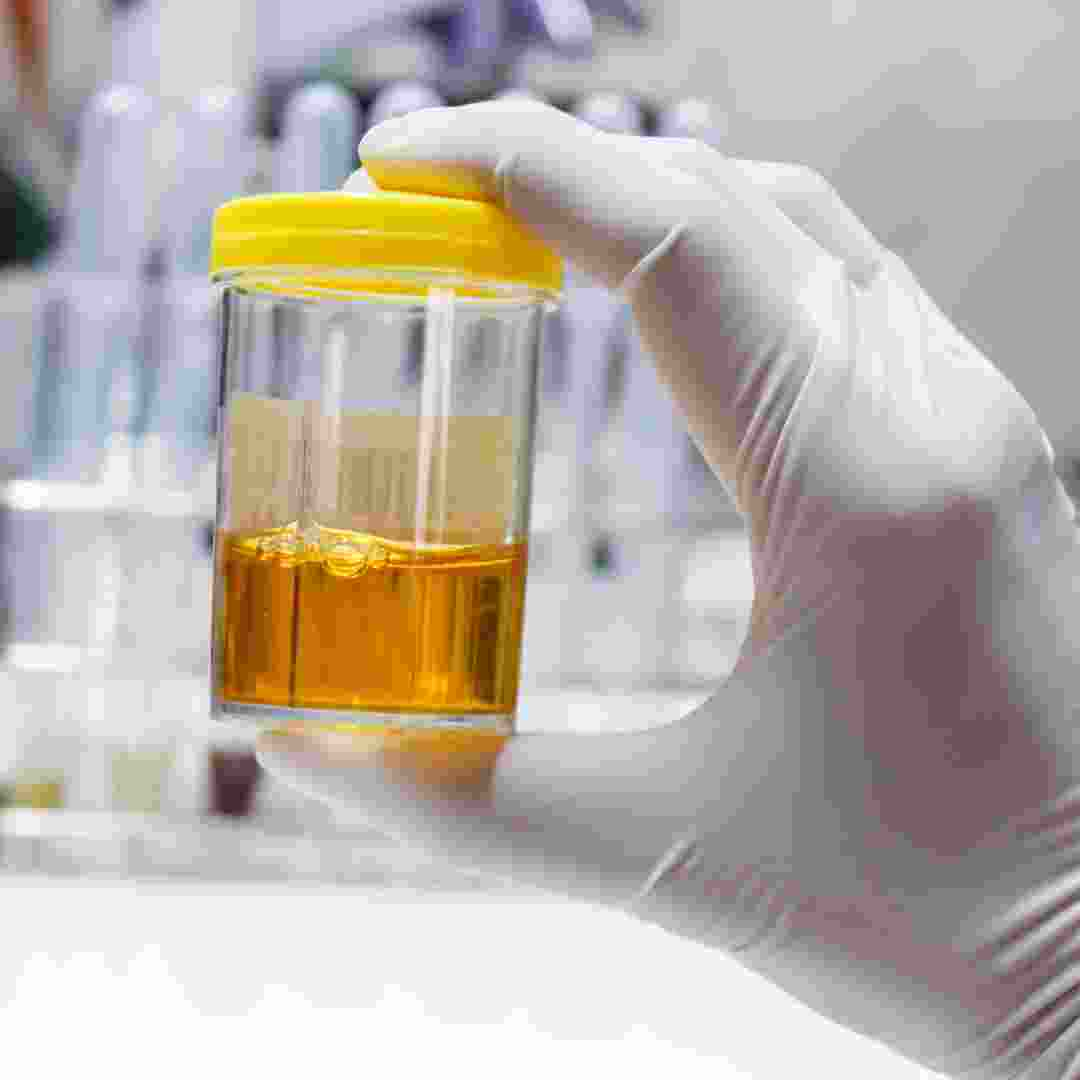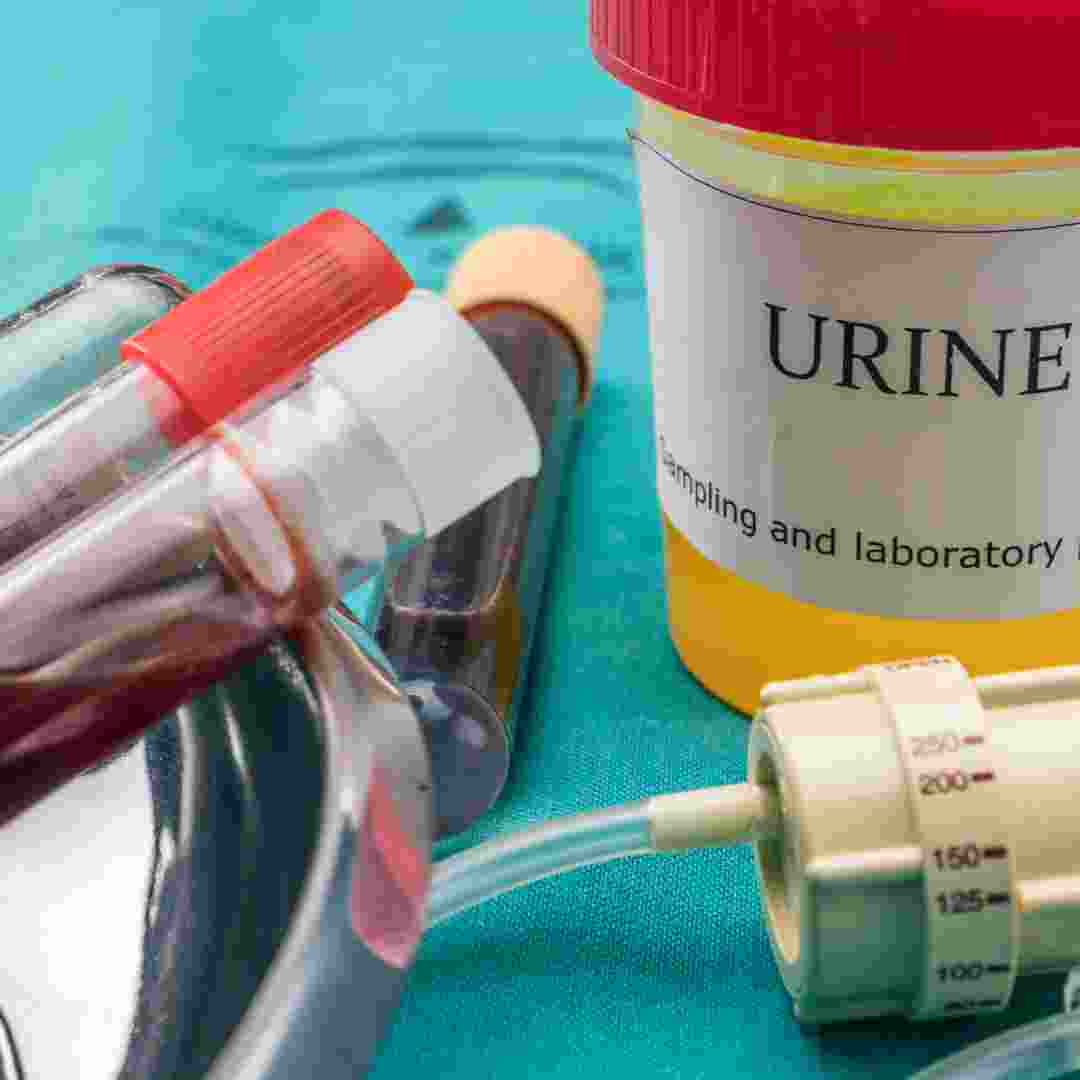Contents Table
Introduction
Rabbit Urine Scald: Causes, Symptoms, and Treatment
Rabbit Urine Scald Prevention
Treatment of Rabbit Urine Scald by Diet
Home Treatments for Rabbit Urine Scald
Rabbits with Urine Scald Benefit from Regular Grooming
Q&A
Conclusion
Introduction
Urine scald is a frequent rabbit skin ailment that can hurt. Urine on the skin causes discomfort and inflammation. Provide a clean, dry habitat, a good food, and lots of activity to prevent urine scald in rabbits. If your rabbit seems uncomfortable, seek veterinary attention for urine scald. Urine scald can be treated and your rabbit can live happily and healthily.
Rabbit Urine Scald: Causes, Symptoms, and Treatment
Urine scald is a frequent rabbit skin ailment that can be painful. Prolonged urine contact causes skin irritation and infection. Untreated urine scald can be serious, therefore it's crucial to recognise the indications and prevent it.
Causes
Urine scald can result from continuous urine contact in rabbit cages with wire flooring or without enough bedding. Urine can also collect in unbrushed rabbit fur. Urinary tract infections and other medical conditions that increase rabbit urination can induce urine scald.
Symptoms
Urine scald usually causes red, inflamed skin. Skin may be dry and flaky, and fur matted and discoloured. In severe cases, skin may fracture and bleed. The rabbit may also feel pain and discomfort.
Treatment
The cause of urine scald must be found and treated first. Hay or straw should be used as bedding for rabbits in wire-floor cages. Veterinarians should treat rabbits with urinary tract infections or other medical issues.
After treating the problem, clean the area with gentle soap and water. To remove matted or discoloured fur, brush it. After drying, apply a soothing ointment or cream to encourage healing. In severe situations, vets may prescribe antibiotics.
Urine scald prevention is essential in addition to medical treatment. This involves giving the rabbit a nice bed, grooming it regularly, and keeping the cage clean and dry.
Understand the signs and prevent urine scald, which can be unpleasant and distressing for rabbits. Urine scald can be treated and the rabbit can live comfortably and healthily.
Rabbit Urine Scald Prevention
Urine scald is a frequent rabbit skin ailment that can hurt. Rabbit urine touching the skin, mainly owing to poor grooming, causes it. Luckily, rabbit urine scald can be prevented.
First, clean the rabbit's cage to prevent urine scald. Clean the cage periodically and replace filthy bedding with new. This reduces urine on the rabbit's skin.
Second, give the rabbit a litter box. This will contain the rabbit's urine and prevent skin contact. Clean and change the litter box regularly.
Third, provide the rabbit with a high-fiber diet. Fibre keeps rabbits' digestive systems healthy and reduces urine production. Fiber-rich diets minimise rabbit urine ammonia, reducing urine scald risk.
Finally, the rabbit must be able to groom itself. Give the rabbit a brush or comb and encourage it to groom itself. This reduces urine on the rabbit's skin.
Following these methods reduces rabbit urine scald risk. Take precautions to avoid pee scald, which can be unpleasant and uncomfortable for rabbits.
Treatment of Rabbit Urine Scald by Diet
Rabbit urine scald is common and can lead to illness if neglected. Diet can benefit rabbits with urine scald by reducing urine contact with the skin.
Start treating urine scald by feeding the rabbit a balanced diet. Hay, fresh veggies, and a few pellets are needed. Hay is rich in fibre and assists the digestive system, thus it should be the main diet. Fresh veggies are sugary and might upset the stomach if fed in big amounts. Pellets are high in calories and can cause obesity, so offer them sparingly.
In addition to a healthy diet, rabbits need fresh water. This dilutes urine, reducing cutaneous irritation. Keep the rabbit's dwelling place clean and dry to reduce urine contact with the skin.
Finally, rabbits need a safe location to urinate. Provide a litter box or absorbent-lined cage space. This will prevent urine contact with the skin and keep the living area clean and dry.
In conclusion, nutrition helps rabbits with urine scald. A healthy diet, plenty of water, and a clean, dry home reduce skin irritation risk. A safe spot for the rabbit to urinate can also limit skin contact with urine. Following these tips can help rabbit owners keep them healthy and happy.
Home Treatments for Rabbit Urine Scald
Rabbits often get urine scald, which can hurt. Urine on the skin causes discomfort and inflammation. Fortunately, various home remedies can alleviate this issue.
Urine scald treatment begins with cleaning and drying. Wipe the area gently with a moist towel or cotton ball. Avoid soaps and detergents, which can irritate skin.
Next, apply topical ointment to the region. This reduces inflammation and soothes skin. The anti-inflammatory qualities of aloe vera gel make it popular. You can also use coconut oil and honey.
Make sure the rabbit has enough of fresh water. Keeping urine diluted reduces the risk of scorching. Additionally, rabbits need a high-fiber diet. This keeps urine acidic, reducing scalding risk.
Finally, keep the rabbit's home clean and dry. This reduces urine scalding and other skin diseases.
Rabbit urine scald can be treated with these simple steps. However, veterinarian advice is needed if the disease persists.
Rabbits with Urine Scald Benefit from Regular Grooming
Due to urine buildup on the fur and skin, rabbits with urine scald need regular grooming. Urine scald can cause rabbits skin irritation, illness, and discomfort. Regular grooming can avoid it.
To prevent pee scald, groom the rabbit's coat to eliminate extra urine and fur. Regular brushing helps eliminate urine, grime, and debris from fur. This keeps fur clean and free of skin-irritants.
The rabbit's coat stays healthy and tangle-free with regular brushing. Urine and other irritants can get trapped in mats and tangles, causing skin discomfort and illness. Regular brushing can lessen urine scald risk by removing mats and tangles from hairs.
Furthermore, regular grooming can keep the rabbit's skin healthy and irritant-free. Urine scald can cause skin irritation and infection, but frequent grooming can help. Skin filth and extra fur that traps urine or other irritants can be removed by grooming.
In conclusion, urine-scald rabbits need regular grooming. Grooming removes urine, fur, filth, and debris from rabbits. It also prevents mats, tangles, and skin irritations. Grooming the rabbit regularly can prevent skin irritation and infection and maintain its coat healthy.

Q&A
1. What is rabbit urine scald?
Rabbits with extended urine contact get pee scald. It causes red, itchy, and inflamed skin and hair loss.
2. What are rabbit urine scald symptoms?
Urine scald in rabbits usually causes red, irritated, and inflamed skin and hair loss. The symptoms may include itching, discomfort, and a bad smell.
3. What causes rabbit urine scald?
Rabbits in small cages or without frequent cleaning might get pee scald from prolonged urine contact. Overeating protein or undereating fibre can also cause it.
4. How are rabbit urine scalds treated?
Applying a topical antibiotic ointment after washing with mild soap and water treats urine scald. In severe situations, oral antibiotics may be administered.
5. How to prevent rabbit urine scald?
Provide rabbits with a clean, spacious cage and a high-fiber, low-protein diet to reduce urine scald. To avoid urine scald, clean cages regularly.
Conclusion
In conclusion, urine scald rabbits might suffer considerable pain and discomfort. Know the symptoms of urine scald rabbit and get veterinarian assistance if you suspect your rabbit has it. Urine scald rabbits can have happy, healthy lives with adequate treatment and care.
